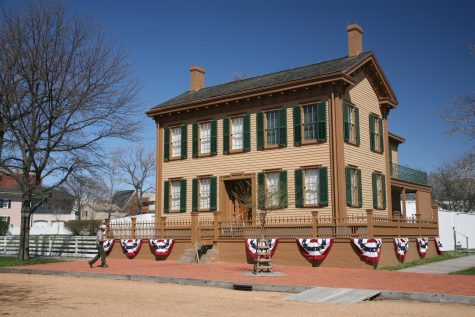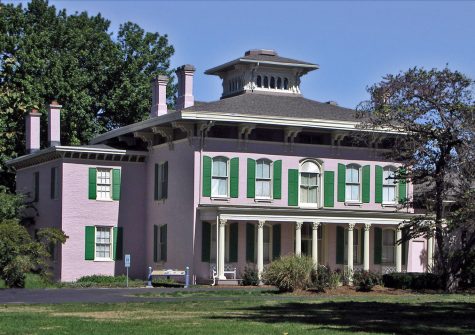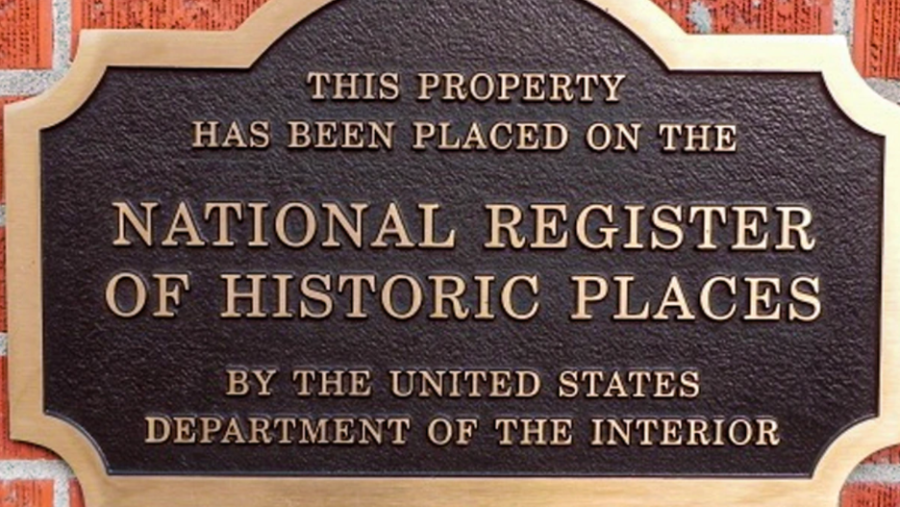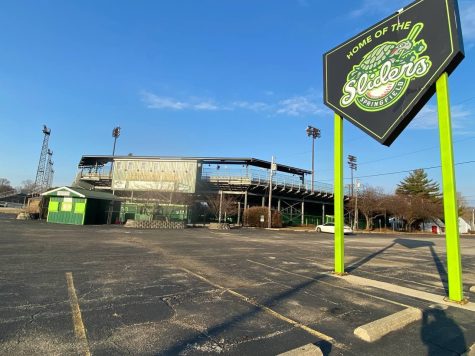BEYOND | Historic Preservation: Urban Renewal or Gentrification?
Historic preservation seems simple at face value. Take old locations with historic importance, record their past, fund their preservation, and keep these buildings and sites available for use for future generations. America saw a massive increase in support for the preservation of natural resources in the leadup to the 1976 Bicentennial, and several laws and agencies were set up during this time to catalog, document, and preserve America’s historic resources. The largest of these programs is the National Register of Historic Places, a list of over 96,000 sites across America that has been given the stamp of approval by the National Park Service. Many preservation tax incentives and grants exist, and most of these are made eligible to a site when it is listed on the National Register, providing incentives for people to list their properties if they are eligible.
However, just like anything tied to large amounts of money, it is not that simple. Heritage tourism – tourism that is tied to history – is quickly increasing in popularity across the nation. Areas with high densities of properties designated as historic see their property values quickly rise. When property values rise, so do property taxes. These are used for community resources but also cost the owner more money for the exact same piece of property. On a small scale, when people list individual properties for the purposes of preserving their historic value, these tax increases are small and offset by the tax incentives offered to them. However, higher property values provide an incentive for those who wish to make a profit without concern for the community’s best interests to use historic preservation as a tool for profit, sometimes at the expense of communities. Higher property values justify higher rent prices in an area, and sometimes real estate corporations will buy cheap properties in older areas of America’s cities, get these buildings and districts listed as being historic, watch the property values rise, and raise rents alongside. When this happens the people who already lived in the community also see their property values rise, raising their taxes to a point where many cannot afford to remain. They end up in a push-pull scenario being pulled out of a community with the promise of a high sale price on their property and being pushed out with elevated property taxes. Eventually, many are forced to sell to the real estate corporation, which then rents out those properties as well at an elevated rate. When this is all done, the community has lost its inhabitants, only the wealthy can afford to move in, and corporations control the area. This is a simple explanation of how historic preservation can easily be used to gentrify neighborhoods.
If the aim of historic preservation is to build the culture and connectedness of a community, but it can be used to push the inhabitants (the most important part of any culture) out, then it seems counter-productive, and the easiest conclusion would be to abandon historic preservation entirely. Preserving a community is more important than preserving buildings, as buildings are nothing but wood and stone without the people who use them. As a historian, this is an unacceptable answer. Luckily, communities across America have found ways to utilize historic resources in ways that benefit local residents instead of driving them out. Springfield itself has several resources that can be seen as examples of responsible historic preservation.
Springfield’s Abraham Lincoln Home is an obvious example of a site that has been preserved and used to increase local tourism without harming the area around it. It is a house museum, and one of the most famous ones in America. This style of preservation aims to keep buildings as close as possible to their historic era, and are open to the public to tour and educate themselves on the ways everyday people lived in the past. Although Abraham Lincoln is larger than life in modern times, when he first bought the house, he was more than a decade away from his presidency and was an upper-middle-class individual with a family. The additions he made to the property while he lived there highlight the pathways of class mobility available to people of the 19th century and when he left, he had every intention of returning after his presidency. This site is not used for profit, rather it is used for education and provides a source of tourism for the city.

Another site in Springfield that has been listed on the National Register and is used in a creative way is the Edwards Place Historic Home in Springfield. Unlike the Lincoln Home, the Edwards Place is used for purposes beyond historic education and represents the direction historic preservation should be used in the future. The Edwards Place is used as one of the buildings for the Springfield Art Association (SAA), which advertises itself as “a community based, a non-profit organization that promotes and supports the visual arts, provides art education opportunities for the greater Springfield area, and preserves and interprets historic Edwards Place and the collections of the SAA”. The Edwards Place is the center of a non-profit in Springfield dedicated to promoting the lives and culture of Springfield residents, which is the opposite of the corporate gentrification that can result from preservation. This site is used to further the mission of the SAA, which closely aligns with the general goals of historic preservation, and shows that with a bit of creativity, historic buildings can be preserved and used to further modern community growth.

Historic preservation of buildings does not have to be limited to nonprofits or educational tours. As long as the integrity of a site is preserved, historic buildings can be used for nearly anything. The ability to be transformed into anything from high-income housing, corporate office space and expensive tourist destinations to homeless shelters, community cultural centers, and venues for local gatherings shows that the power of historic preservation is not in the sites themselves, but what people choose to do with them. It is the responsibility of every community to ensure that these powerful tools are used for the development of the people and not the development of the investors.











